Panko Bread Crumbs
Panko bread crumbs are a game-changer in the kitchen, bringing a satisfying crunch to a wide range of dishes. Unlike traditional bread crumbs made from finely ground, toasted bread, panko has a light, airy texture from Japanese white bread.
These larger, flakier crumbs absorb less oil, making them ideal for achieving that perfect crispiness in fried foods without becoming too greasy. Whether you’re breading chicken, coating vegetables, or topping casseroles, they elevate the texture and taste of your dishes. Panko’s versatility doesn’t stop there—it can also be used as a binder in meatballs, meatloaf, or even sprinkled over mac and cheese for an irresistible, crunchy finish.
In this post, I’ll explore the origins of panko and how it differs from other bread crumbs. I will also offer tips on how to use it to create perfectly crispy, delicious meals. Whether you’re familiar with or new to it, this guide will give you fresh ideas and inspiration to experiment with this versatile ingredient in your cooking. Let’s dive into the world of panko and discover how it can transform your favorite dishes!
Panko History
Panko bread crumbs originated in Japan during World War II. The term “panko” comes from the Japanese words “pan” (meaning bread, derived from Portuguese) and “ko” (meaning flour or powder). The unique texture of panko was developed out of necessity when Japanese soldiers found themselves without access to conventional ovens in the field. They discovered an innovative way to cook bread using electric current, creating bread with no crust and a light, airy texture.
After the war, the Japanese culinary industry adapted this method of bread making, and panko became a staple in Japanese cuisine. Traditionally, it’s used in tempura, tonkatsu (fried pork cutlets), and other fried dishes to create an exceptionally crisp coating. Panko’s popularity soon spread beyond Japan, and by the late 20th century, it had become a global ingredient, prized for its ability to maintain its crunchy texture when fried or baked.
Today, panko is widely used in a variety of cuisines, from Asian to Western dishes. It offers a versatile and lighter alternative to traditional bread crumbs in everything from fried chicken to casseroles. Its rise in popularity reflects its ability to enhance the texture of many modern dishes.
Differences From Bread Crumbs
Here are the key differences between panko and traditional bread crumbs:
Texture:
Panko: It has a coarser, flakier texture than traditional bread crumbs, giving fried foods a lighter and crispier coating.
Bread crumbs: Traditional bread crumbs have a finer texture and can be denser, resulting in a heavier coating on fried foods.
Ingredients:
Panko: It is made from bread without crusts, finely ground into airy, large flakes.
Bread crumbs: Traditional bread crumbs are made from the whole bread, including the crust, and can be ground into finer particles.
Absorption:
Panko: Due to its larger and flakier texture, panko tends to absorb less oil when frying, resulting in a less greasy final product.
Bread crumbs: Traditional bread crumbs can absorb more oil during frying, leading to a heavier and oilier coating on fried foods.
Cooking:
Panko: It produces a lighter and crispier crust as a coating for fried or baked dishes.
Bread crumbs: Traditional bread crumbs create a denser and less crispy crust than panko.
Versatility:
Panko: It is versatile and widely used in various cuisines, from Japanese to Western dishes, for its unique texture and ability to create a crispy crust.
Bread crumbs: Traditional bread crumbs are also versatile but are generally used for a denser coating on fried or baked foods.
These differences make each type of breadcrumb suitable for different culinary applications, depending on the dish’s desired texture and end result.
Processing
- It is made using a unique process that gives it its distinctive texture. Here’s how panko is typically processed:
- Bread Preparation: Loaves of white bread are used to make panko. The crusts are removed from the bread slices to produce a lighter-colored and more neutral-flavored breadcrumb.
- Grinding: The crustless bread slices are finely ground into coarse crumbs. Unlike traditional bread crumbs, which are finely pulverized, panko is ground into larger, irregular flakes.
- Drying: After grinding, the bread crumbs are dried by baking or toasting. This step removes moisture from the breadcrumbs and helps create a light and airy texture.
- Sieving: The dried crumbs are then sieved to remove larger pieces and achieve a uniform texture.
- Packaging: Once processed, the panko breadcrumbs are packaged and sealed to maintain their freshness and crispiness.
The absence of crusts and the specific grinding and drying methods used in producing panko contribute to its distinctive texture, which is lighter, crispier, and airier than traditional bread crumbs.
Flakes Versus Crumbs
The unique appearance of panko as flakes rather than fine crumbs is due to its specific processing method. Here’s why panko looks more like flakes:
Grinding: Panko is made from bread with its crust removed, resulting in a smoother and more uniform interior texture. When this crustless bread is ground, it produces larger, irregularly shaped crumbs rather than fine particles.
- Drying: The larger bread crumbs are dried through baking or toasting. As the moisture is removed, the larger crumbs retain their shape but become lighter and more airy.
- Sieving: After drying, the panko crumbs are sieved to remove any larger pieces, but the irregular shapes are retained, contributing to the flaky appearance.
- Texture: Panko’s coarse texture, with its larger and irregularly shaped flakes, provides a distinctively light and crispy coating when used in frying or baking.
Using crustless bread and specific processing steps, including grinding, drying, and sieving, results in panko’s unique flaky appearance and texture.
Cooking Advantages
If you dredge food in panko before frying, you will have a crisp, light-fried coating. Oil does not soak into panko as readily as it does into regular breadcrumbs, so you are left with a lighter, less greasy coating. Try this with seafood or chicken.
Panko makes an excellent crisp topping for casseroles. Toss panko with some grated parmesan, salt, pepper, and herbs. Then, drizzle in some melted butter. Spread this topping liberally on a casserole, and upon baking, you will be rewarded with a light, crunchy, and flavorful topping, a nice contrast to your creamy casserole. Try this trick with scalloped potatoes, lasagna, tuna noodle casserole, or macaroni and cheese.
Use panko in any recipe that calls for bread crumbs. Panko does not compact like breadcrumbs, and since grease doesn’t soak into it, your results will be lighter in texture than your original breadcrumb-based recipes. Use panko as an ingredient in crab cakes, meatballs, or meatloaf.
Panko has almost no flavor, making it the perfect blank canvas. Panko readily soaks up other flavors” from the food’s seasonings and whatever seasonings you toss with it. A simple topping of panko, a little salt and pepper, and some melted butter will result in a richly flavored, crunchy topping after baking.
If you do not have panko on hand, you can substitute bread crumbs, but your toppings won’t be as crisp, and any recipe you use them in will have a heavier texture. A better substitute for panko is a cracker meal. You can crush up saltine crackers or matzo or purchase ready-made matzo meal.
Where To Find Panko
Look for panko in Asian markets, where it is readily available. Panko is also becoming more common on the shelves at your local grocery store as more people discover its light and crispy texture. Find panko in the Asian section of your store or the same aisle as standard bread crumbs.

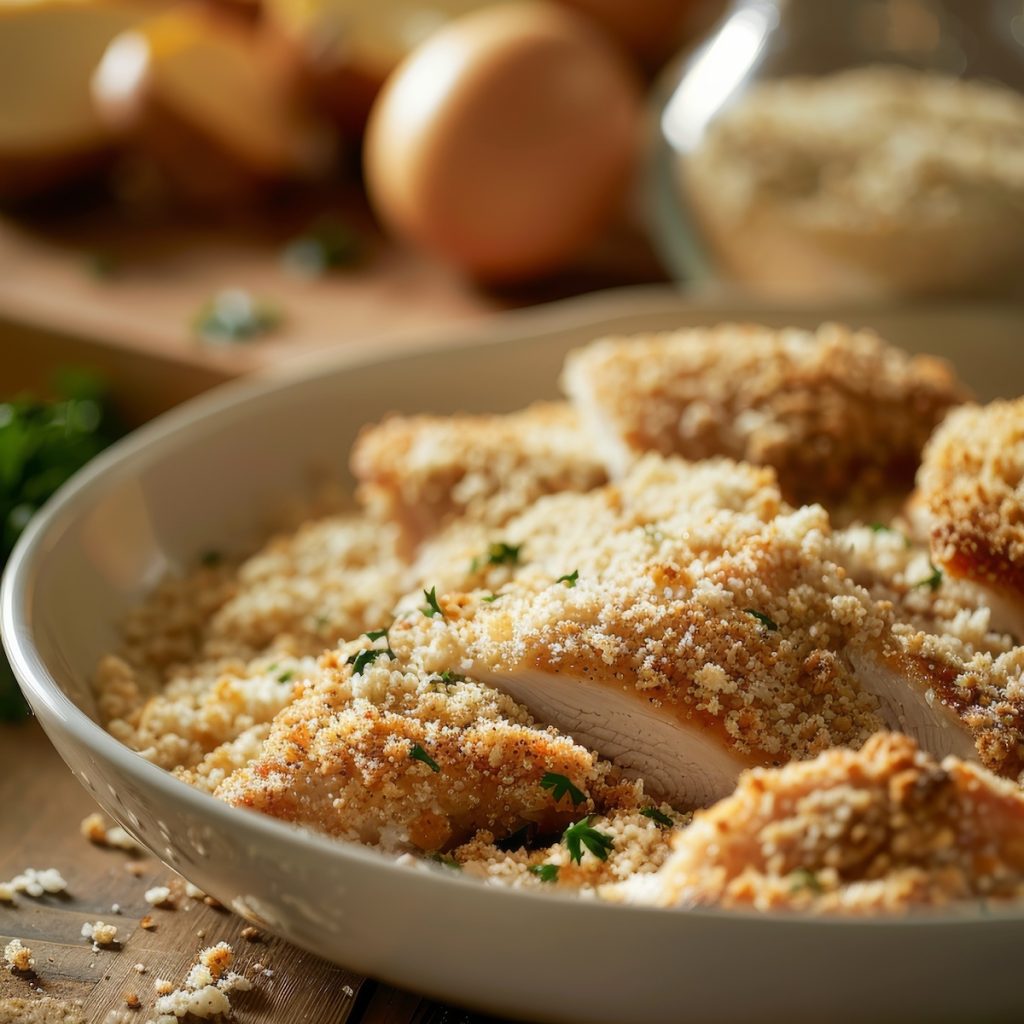
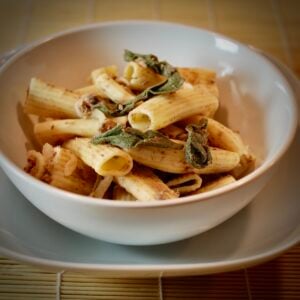
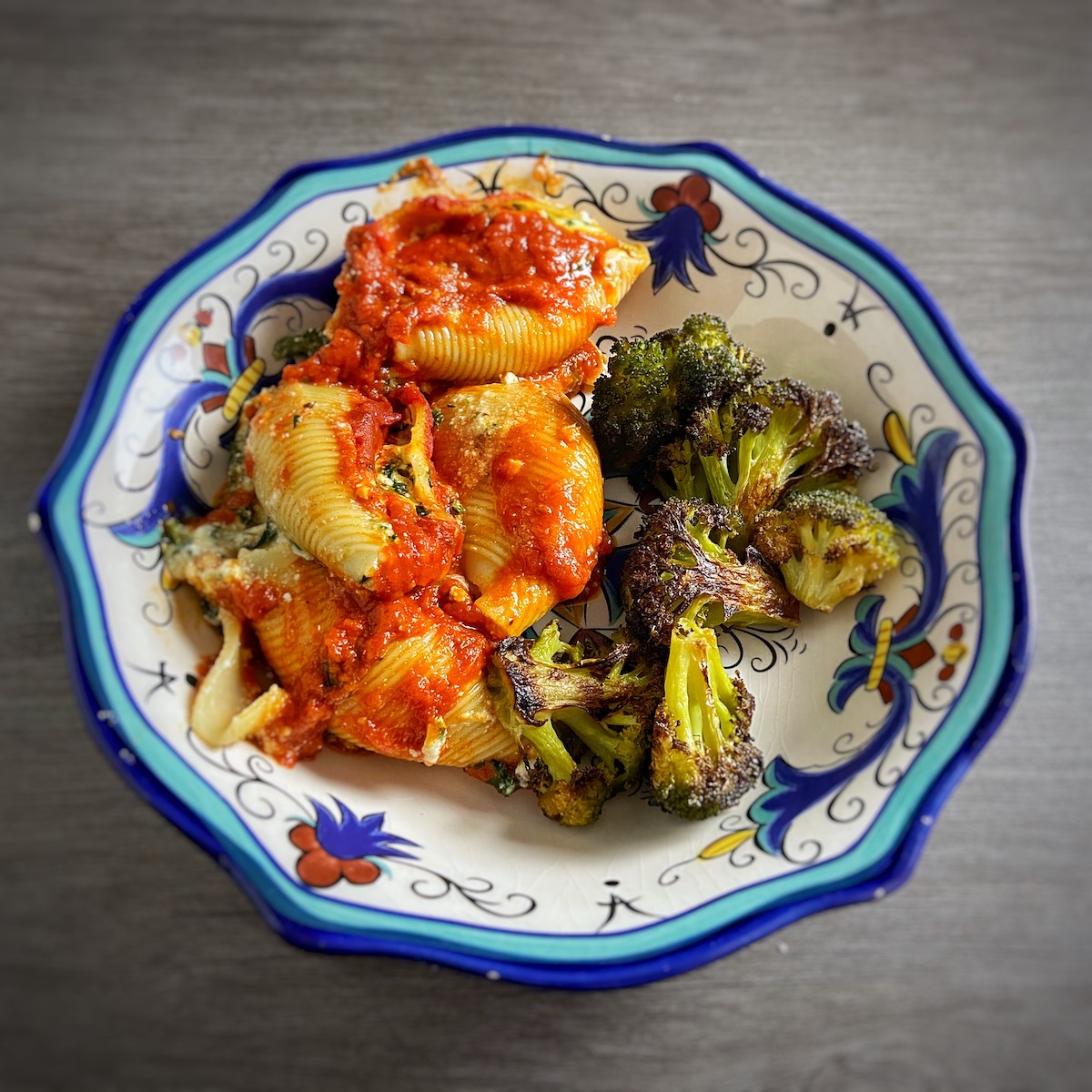


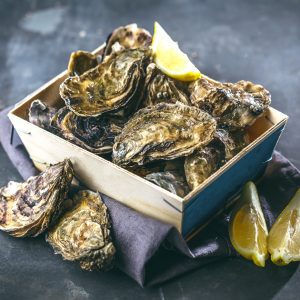
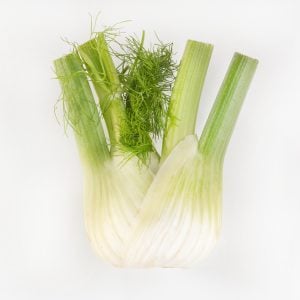
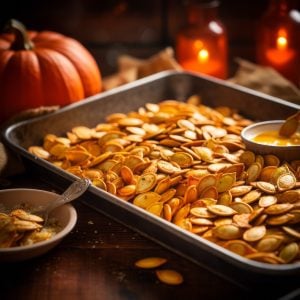
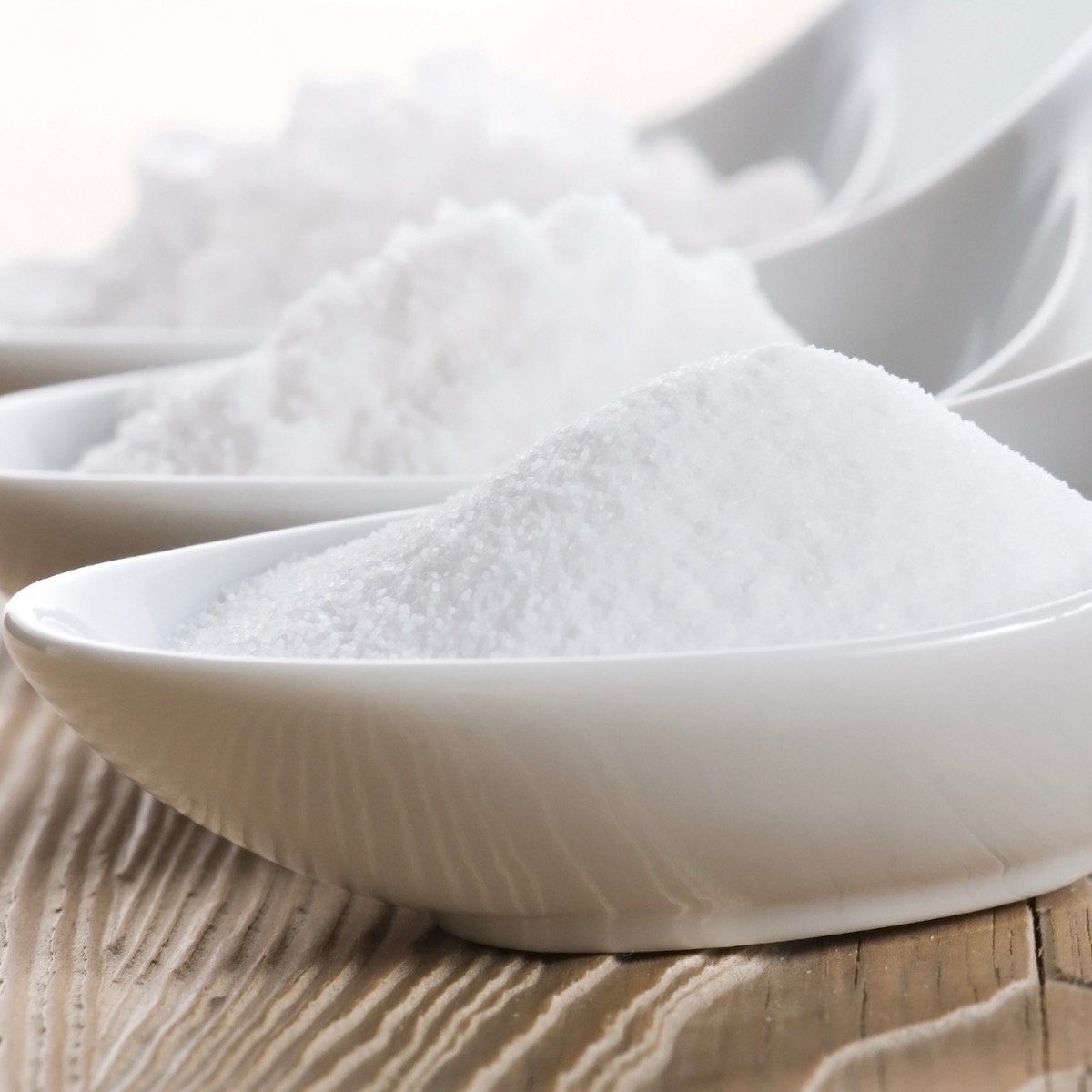

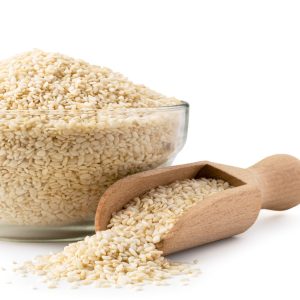
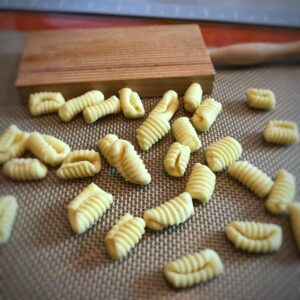
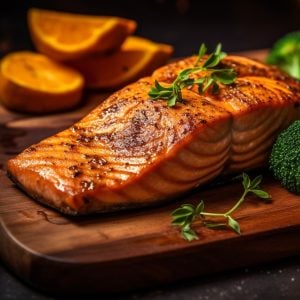


47 Responses
I have been in Asian markets about twice in my life only because I don’t really know what things are. I have seen Panko and tried a couple bags and its very good. I crush it up and use on pork w/garlic and its delish.
Hi Beth, you can now find Panko bread crumbs in many of the larger chain supermarkets. I guess the celebrity chefs are using it in their recipes more often now.
I have tried panko to fry chicken and I must say it was the best. Very crunchy and less oil absorbing!
Tried Panko and now I make sure it is always in my pantry. I just love it.
Hi Judi, glad you found it. It’s a great substitute for bread crumbs. – RG
I was under the impression that panko bread crumbs were made from rice. Please confirm origin. Thanks
Hi Roger, no, as the article details, they are made from bread. – RG
I use crushed up rice krispies and add seasonings. I have the same results. So I feel if it’s not broke then why change it. Give it a try before you knock it. I don’t do much frying but works great in my baking
I’ve bought them @ Trader Joe’s.
Panko can be found at just about any grocery store and it’s made from Japanese wheat bread.
Hi Alyssa, yes panko can be found at more and more grocery stores these days but I never read that it is made from wheat bread. Also, it is made in many countries now, not just Japan.
Thank you very much – I want to purchase this item. I have heard it is very good. I was told it was good baked in the oven on boneless chicken. Makes it taste fried and not as fattening.
Panko crumbs are the best. I use them for my fish fry They are great in crab cakes, fried oysters, shrimp, calamari.I could go on… Im sure you get my point. NO COMPLAINTS HERE… EXCEPT WHEN I RUN OUT!!!!!!! THANK YOU
I love the texture of meatloaf with panko in lieu of the cubed bread in my recipe. Also used it as a topping for a baked corn recipe ~ gave is a nice crispy finished look. Panko will be a staple in my kitchen cupboard.
Hi Patricia, great idea of using Panko in meatloaf. Can’t wait to try it. Thanks for sharing. – RG
love these crumbs..try them
Great information! I was looking for something to top a cheesy casserole and usually use corn flakes. I did not have any corn flakes but did have a box of Panko in the cupboard. I followed your suggestion above and mixed them with Parmesan cheese etc… It turned out tasty and golden brown. Yum!
Hi Kathi, thanks for letting me know. – RG
great information thank you for all the details
I’m hooked!
Hi moved to Puerto Rico; and cannot find plain Panko bread crumbs in any stores that I have visited. Can you tell me where I can purchase them in PR? Why you ask; well there seasoned Panko contains 18% sodium plus 2gm sugar.
I recently found Panko at Costco Wholesale in Arizona! Yummy!!!
Used the panko bread crumbs last night. I used a can of white meat chicken and mixed an egg and panko together with the chicken. Then fried in a little oil. Delicious! I can control the calories and ingredients and together with the chicken, made (6) crunchychicken burgers. Husband loved them and had leftovers for today. Can’t beat that for price and enjoyment.
RG-You responded to Roger’s inquiry as to whether or not panko bread crumbs are made with rice with “…as the article details, they are made from bread”. Many gluten-free breads are made with rice flour. Your article never mentions specific ingredients. In your response to Alyssa, you say that you “…never read that it is made from wheat bread.” (Any labels I have read list wheat flour as the main ingredient.) My question is, what grain do you suspect that they use?
Hi Katie, I am not a Gluten Free cook nor is this a GF web site so when I talk about bread, it’s made from wheat flour. Saying that, I did some searching around on the internet and could only find references to panko bread being made from yeast-risen wheat bread. If you have some other alternatives for GF folks, by all means please post them. I have several friends who are gluten free and I have been thinking about giving it a try myself so I thank you for pointing out this topic. With so many gluten sensitive folks and people with celiac’s disease, it is important to expressly state ingredients when possible. – RG
I live in Canada, Ontario specifically, and I use panko for my husband who is allergic to rice so I can guarantee that at least the panko available here isn’t rice based as he has never reacted to it.
Thanks Roberta for that information.
I found it at Kmart and a discount grocery called value fresh. If Guy fiedi uses it, then I’m a trying!
In regard to GF Panko crumbs – there is an incredible GF bakery in Edmonton, Alberta called Kinnikinnick. I understand they have a web store and ship overnight all over North America. We are so incredibly lucky to be so close to awesome fresh baked GF items and also their wide variety of baking mixes.
Is Panko crumbs good for glutin free people ?
As far as I know, Panko crumbs are not gluten free but I have purchased regular bread crumbs that are gluten free at Trader Joe’s. -RG
Is Panko gluten free?
Hi Ineke, most commercial Panko is not gluten free because it is made with wheat bread but there may be some brands on the market if you do a search or you could make your own. – RG
Thank you-never used Panko before but keep seeing it in recipes lately-now I know! Not sure if it is available in South Africa
Is there a way to soften the texture of panko without losing flavor ? I love everything about panko except the texture. It tends to be so rough that it becomes difficult to swallow.
You could grind it in a food processor to get a finer texture. Try 5 pulses for a fine grind.
I like whitefish fried. Baked fish is ok if it’s a heavier fish. I found a recipe for baked talapia made with Panko bread crumbs its great! If you can switch a country boy raised on fried catfish and crappie, you’ve done something! Panko is the answer to fried vs baked its also good for making those crispy fried chicken strips my grandson loves!
I live in Melbourne, Australia and just saw this product on an American tv show. Can I get it here in Melbourne?
Hi Anna, I can’t imagine why not but you’ll have to check with you local markets.
Anna, I buy Panko in the asian section of Coles here in Aus
I just chatted with a friend from Sydney,AU, who told me she uses Panko to coat chicken and she really loves it; so it must be readily available in your country!
Edna
I have been using panko crumbs for a long time. I always buy a can of panko At least once a month. This past month I found 4C brand had a spicy (Habinaro??) Flavour. Needleas to say they are FREEKIN AWESOME SAUCE!!! I made some kickass porkchops with them, and im gonna whip up some spicy fried eggplant tonight too!!!
I make my own breadcrumbs. How do you make Panko at home?
Hi, I also make my own breadcrumbs. To resemblle Panko, do I simply make them bigger creumbs and dry them out?
They’re easy to make! Run the bread (I like to remove the crusts but it’s not necessary) through your food processor with your shredder blade. Spread them on a baking sheet and bake in a 300 degree oven for about six minutes. Give ’em a shake a couple times during the baking. Don’t let them brown! You’re just drying them out. You can freeze them afterwards!
What is this about purchasing panko .Make your own it’s really easy and you know what goes inti it.if you want gluten free use gluten free bread.there are dozens of websites that tell you how to make panko so get stuck in and forget about finding it on the supermarket shelves.
Panko made me deathly ill. What are the ingredients in panko?
Ok, now I know what panko is….but what is “cracker meal”? or saltine crackers or matzo? I understand that in America “crackers” mean “biscuits”, so what sort or biscuits – savoury? Someone mentioned cornflakes – these I know, otherwise I’ll just have to use breadcrumbs as a substitute. Thanks
Hi Liz, “a saltine or soda cracker is a thin, usually square cracker made from white flour, shortening, yeast, and baking soda, with most varieties lightly sprinkled with coarse salt. It has perforations over its surface.” “Matzo is an unleavened bread traditionally eaten by Jews during the week-long Passover holiday”
Hope this helps.
Why can’t I get the panko I’m using to brown when baking in the oven? I coated chicken last night with it, per the request of my husband. It’s appearance is so unappetizing to me, as it looks uncooked! I love the way cornflake crumbls look, because they have color. Maybe I’m just used to that. I actually put the pale chicken under the broiler for a few moments to give it a bit of color!! Any suggesteions?
I agree Andrea. The pale color is very unappetizing.
I’d like to know the nutritional read on it, anyone know?
We use a lot of Panko here. The modern youth is more demanding in terms of healthy eating. Our Hand Rolls topped with Panko are a complete and healthy meal.
Cheers to all
Bernie Robinson
Pichidangui
Chile